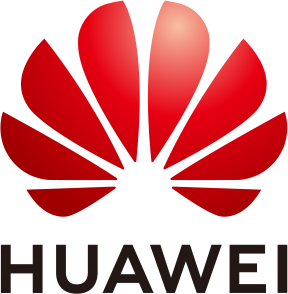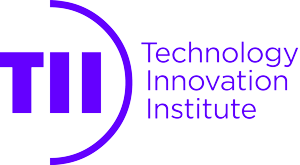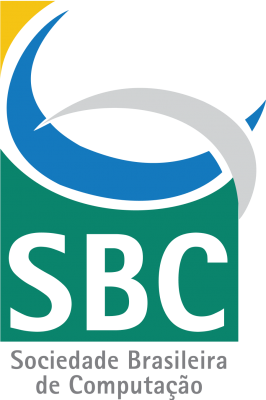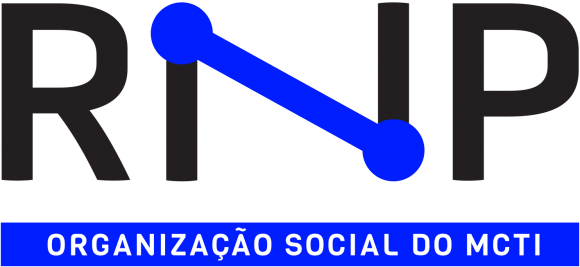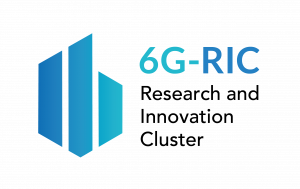SIXTH IEEE INTERNATIONAL WORKSHOP ON TERAHERTZ COMMUNICATIONS
Thursday, 8 DECEMBER 2022
MISSION
Despite the successful roll-out of fifth-generation (5G) wireless networks at frequencies spanning up to the millimeter-wave (mmWave) spectrum, the quest for increasing data rates persists. Towards this end, higher frequencies over the terahertz (THz) band (0.1-10 THz) will be central to ubiquitous wireless communications in beyond-5G or sixth generation (6G) networks. In particular, THz frequencies promise to support ample spectrum, above hundred Giga-bit-per-second (Gbps) data rates, massive connectivity, denser networks, and highly secure transmissions. Multiple leading 6G initiatives probe THz communications, including the "6Genesis Flagship Program (6GFP)", the European Commission’s H2020 ICT-09 THz Project Cluster, and the “Broadband Communications and New Networks" in China. In the US, THz technology was identified in 2014 by the US Defense Advanced Research Projects Agency (DARPA) as one of the four major research areas that could have an impact on society larger than that of the Internet itself. Similarly, the US National Science Foundation and the Semiconductor Research Consortium (SRC) also identify THz as one of the four essential components of the next IT revolution.
The THz spectrum is sandwiched between the mmWave and the far-infrared (IR) bands and has, for long, been the least investigated electromagnetic spectrum. However, recent advancements in THz signal generation, modulation, and radiation methods are closing the so-called THz gap. The THz band offers much higher transmission bandwidths compared to the mmWave band and more favorable propagation settings compared to the IR band; it can thus complement the conventional radio-frequency spectrum. Several unique challenges, however, have still to be addressed to achieve the full potential of THz communications. For instance, THz transmissions incur very high propagation losses, which significantly limit the communication distances. This may not be an issue for short-range links, such as in the case of intra-machine communications envisioned in industrial IoT (IIoT) scenarios, whereas aerial, satellite, and vehicular networks, which would benefit from high-speed and low-latency THz connections, are expected to be significantly affected by propagation losses. Furthermore, the coexistence of mmWave, sub 6GHz, and optical wireless communications and networking is not yet fully understood. THz communications will be complemented by enablers at both the infrastructure and algorithmic levels. At the infrastructure level, emerging beyond-5G technologies, such as reconfigurable intelligent surfaces, ultra-massive MIMO configurations, and integrated access and backhaul, can boost the gains of THz communications. At the algorithmic level, novel signal processing techniques and networking protocols can get around the THz quasi-optical propagation characteristics to enable seamless connectivity. Efficient THz baseband signal processing can further reduce the gap between the huge available bandwidths and the limited state-of-the-art sampling speeds.
In this workshop, the covered topics include but are not limited to THz transceivers, antennas and antenna arrays; information theoretic analysis of THz communication systems, THz channel modeling, estimation and equalization techniques; ultra-broadband modulation and waveform design; beamforming, precoding and space-time coding schemes; MAC design and interference management; relaying and routing in ultra-broadband networks; system-level modeling and experimental platforms and demonstrations.
RATIONALE
The way in which today’s society creates, shares and consumes information has resulted in an unprecedented increase in the total number of interconnected devices as well as in the data rates at which these devices transmit information. As millimeter wave communication becomes an industry standard, there is a need to explore new wireless technologies beyond 300 GHz. Thanks to major breakthroughs in novel THz devices, it is now the right time for the wireless communication community to enter the field.
THz technology has been identified by DARPA as one of the four major research areas that could eventually have an impact on our society larger than that of the Internet itself. Similarly, the development of a new communication and networking technology to support networks with “billions of connected nanosystems” has been identified as one of the four essential components of the next IT revolution by the Semiconductor Research Consortium (SRC) and the US National Science Foundation (NSF), who are now supporting multiple large-scale research initiatives in THz communications. More recently, THz communications has been identified by IEEE ComSoc as one of the nine communication technology trends to follow. Recently, IEEE ComSoc Radio Communications Committee (RCC) Special Interest Group (SIG) on THz communications is established, led by the workshop organizing team.
Targeted attendees of the workshop include but are not limited to academic researchers in the field of 5G and beyond, millimeter waves, optical wireless communications, as well as inter-disciplinary areas of nanotechnologies, antennas and propagation, and material sciences. Also, this workshop is expected to attract attendees from the funding agencies, industrial partners, and standardization groups, who have strong interests in future-generation wireless systems.



